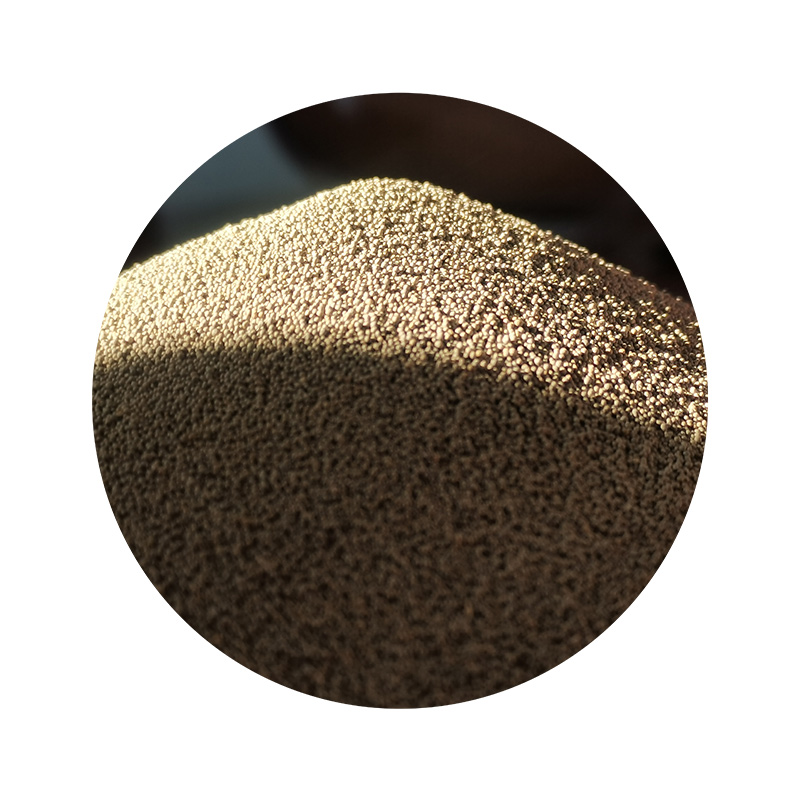The Revolution of 3D Printed Sand Transforming the Future of Construction and Design
In recent years, 3D printing technology has revolutionized various industries, offering innovative solutions that enhance creativity and efficiency. One of the most exciting developments within this realm is the use of sand as a primary material for 3D printing. The application of 3D printed sand is transforming the fields of construction, art, and manufacturing by providing an environmentally friendly alternative to traditional methods and materials.
3D printing with sand primarily involves the use of a binder jetting technique, where a special printing machine deposits layers of sand followed by a binding agent that holds the particles together. This method allows for the creation of intricate shapes and forms that would be incredibly difficult or impossible to achieve using conventional construction techniques. The ability to produce complex geometries not only enhances aesthetics but also optimizes material usage, reducing waste and promoting sustainability.
The Revolution of 3D Printed Sand Transforming the Future of Construction and Design
The applications of 3D printed sand are vast and varied. In architecture and construction, it offers the possibility of designing customizable, on-demand building components. For example, unique sand molds can be created for concrete casting, allowing architects to realize complex designs that add value and beauty to their projects. This customization doesn't just enhance aesthetics; it can also improve the functionality of structures, making them more resilient and adaptable to environmental challenges.
3d printed sand

Beyond construction, the art world is also embracing 3D printed sand. Artists and designers can create sculptures and installations that capture intricate details and textures, pushing the boundaries of what is possible with traditional sculpting techniques. The ability to digitally design creations before physically printing them allows for experimentation and innovation at unprecedented levels. The finished pieces can embody unique shapes that resonate with contemporary artistic philosophies, seamlessly blending technological prowess with creative expression.
Moreover, the technological advancements in 3D printing with sand are paving the way for enhanced manufacturing processes. Industries such as automotive and aerospace benefit from producing lightweight yet robust components. By utilizing sand as a key material, manufacturers can create molds for complex engine parts or structural components that can withstand high levels of stress while reducing overall weight. This not only leads to improved performance of vehicles and machinery but also contributes to energy efficiency during operation.
It is also worth noting that the use of sand for 3D printing aligns with the global push for sustainability. Many companies are focusing on recycling and reusing materials, which resonates with the principles of a circular economy. Sand-based 3D printing technologies utilize natural materials that can be sourced locally, reducing transportation costs and emissions associated with building materials. As more industries adopt these practices, we can expect to witness a significant reduction in the ecological footprint of manufacturing and construction.
In conclusion, 3D printed sand is more than just a technological innovation; it represents a paradigm shift in how we approach construction, design, and manufacturing. Its ability to create intricate, customized, and sustainable products not only enhances artistic expression but also conforms to the pressing need for environmental responsibility. As the technology continues to advance and gain traction across various sectors, we can anticipate an exciting future where 3D printed sand plays a pivotal role in shaping our built environment. From imaginative art to practical construction solutions, the potential is boundless, and the journey has just begun.
Post time:Δεκ . 13, 2024 11:40
Next:sand casting process
